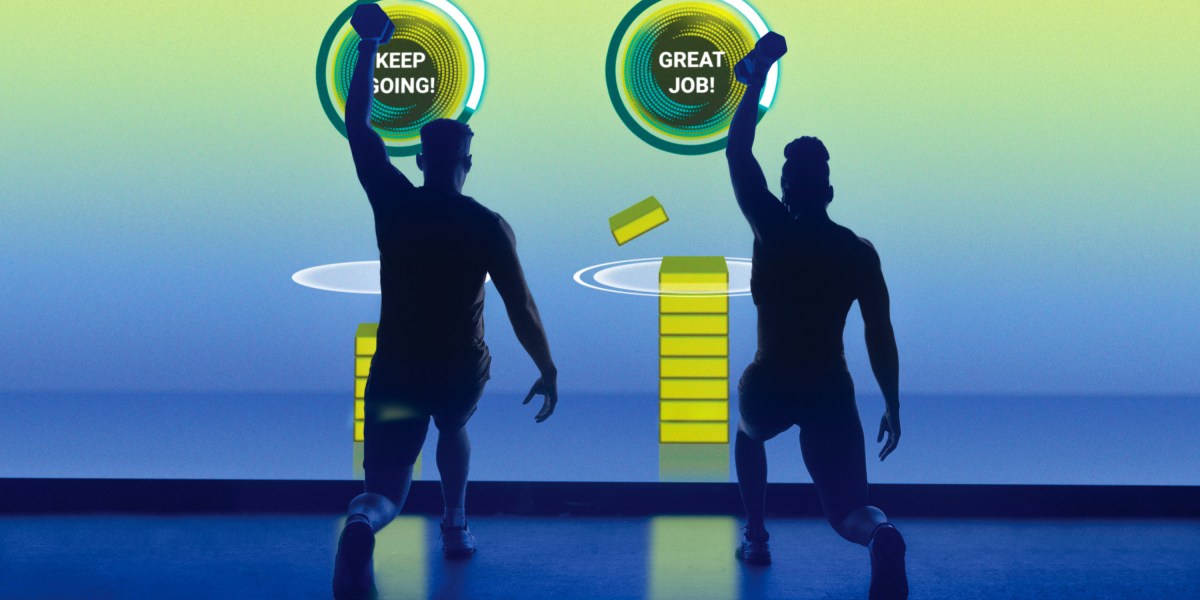The Download: inside an AI gym, and how to make the internet safer

Like any good gym, Lumin Fitness prides itself on the quality of its trainers. Chloe, an energetic young coach, promises to help you crush your fitness goals. The disciplined Rex, who has the air of a drill sergeant, encourages his clients to strive for excellence, but he is quick to warn that there won’t be any shortcuts. If you’re after a more mellow approach, Emma and Ethan are warm and quietly confident.
But Lumin Fitness is no ordinary gym. These trainers don’t exist—at least not physically. They’re virtual AI coaches, designed to guide gym goers through vigorous workouts on the tall LED screens that line the walls of the company’s first studio, which opened last month in Las Colinas, Texas.
The company’s founders say AI trainers could encourage people to start working out even if they were previously put off gyms. And there’s reason to believe they might be right. Read the full story.
—Rhiannon Williams
How to fight for internet freedom
You may not be shocked to hear that governments are using generative AI to manipulate conversations and censor what’s online. But now we have a better sense of how this is happening, when, and where.
A new report published last week shows that political actors in 16 countries, including Pakistan, Nigeria, and the United States, have used generative AI over the past year to exert increased control over the internet.
This comes at a time when global internet freedom has never been lower. But Freedom House, the human rights advocacy group behind the report, has three actionable things that tech companies and lawmakers should do to make the internet safer and freer. Read the full story.


